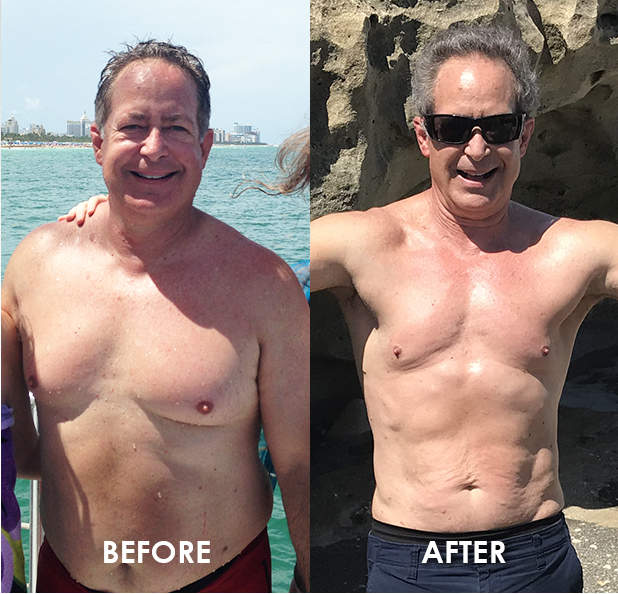Working in the fitness industry requires continuing education about the latest innovative techniques and trends, but knowing the fundamentals of fitness programming and instructing is an absolute must as well. As the fitness and health industry continues to change and evolve, hundreds of new fitness ‘experts’ are emerging everywhere. In fact, with the assistance of social media, fitness has never been more popular! Although many of your Instagram and Twitter friends may claim to be fitness or health experts, the quality of expertise being offered by many of these ‘experts’ is not always up to par with industry standards. This is one reason why you should always be cautious when choosing a fitness trainer or instructor.
As a Doctor of Physical Therapy with several certifications in personal training and group fitness, I value the importance of teaching effective and safe exercise methods. I am constantly teaching my clients and patients new information about group exercise, injury prevention and nutrition. A significant part of being healthy includes maintaining a fit respiratory and cardiovascular system. According to the American Heart Association, adults should perform at least 150 minutes of moderate aerobic exercise per week, or 75 minutes of vigorous exercise per week. 30 minutes of aerobic exercise a day, five times a week is an easy goal for beginners. Overall, it is important to understand that aerobic exercise is a key element to achieving real weight loss and fitness results.
Not only are aerobic exercises great for you, it’s also a format that is enjoyable and motivating when done with a group! Aerobic group fitness classes are my specialty and ultimate fitness passion. Although group fitness may not appear as trendy as Circuit Training or CrossFit Training, it is still a great way to shed unwanted pounds!
So, let’s get down to the basics of aerobic exercise. There are two exercise categories: aerobic and anaerobic. “Aerobic” means “with oxygen” or “with air,” and refers to the use of oxygen in the muscles during the energy-generating process. Knowing the definition of aerobics makes it easier to understand why this exercise format is necessary for maintaining a healthy cardiovascular system. Most aerobic exercises are referred to as “cardio” and typically include walking, jogging, spinning, bicycling and swimming.
Anaerobic activities involve brief movements and are performed at a high-intensity pace with a focus on improving strength. Anaerobic activities typically include sprinting, plyometrics, weight lifting and bodybuilding. Although anaerobic workouts maximize caloric burn post workout, classic aerobic exercise challenges your body’s endurance response and are essential to preventing heart and lung disease. The next time you plan your workout schedule, try to incorporate a balance of both aerobic and anaerobic routines into your regimen.
In the meantime, check out the 5 benefits of aerobic exercises below and get a better understanding of how this exercise format can improve many aspects of your life!
1. Solve sleeping problems – If you or someone you know is an insomniac or has trouble sleeping, step back and look at their workout regimen. Are they exercising at all? If so, what kind of exercises are they doing? As a licensed physical therapist, I am always looking for alternatives to serious (and sometimes dangerous) pharmaceutical drugs. Simply changing your lifestyle by walking, running or swimming for 30 to 60 minutes, two times a week, can improve your sleeping habits. Plus, exercise is a lot cheaper than most prescription drugs.
2. Lower your heart rate and blood pressure – The greatest benefit of aerobic exercise is felt by your heart. Over time, aerobic exercise can help decrease your heart rate and blood pressure while improving your breathing pattern. According to a recent German study conducted by the Department of Sports Medicine at Charité-Campus Benjamin Franklin, one of the largest university hospitals in Europe, aerobic exercise offers a positive effect on the resistance of hypertension (high blood pressure). In the study, physical exercise was proven to decrease blood pressure even in subjects with low responsiveness to medical treatments. Simply put, aerobic exercise can enable you to live a normal life regardless of age. If you want to breathe easy, maintain good blood circulation and organ function, aerobics is the way to go!
3. Achieve weight loss goals – If you are looking to lose weight, aerobic exercise should represent at least 70 percent of your fitness regimen. Whether you start out walking or dancing with friends a few times a week, this form of exercise is the key to burning fat and therefore reducing your body mass index, or the measurement of body fat based on your height and weight.
4. Live a longer and healthier life – The challenges of aerobic exercise can strengthen the immune system, helping your body be less susceptible to viral illnesses, such as the common cold or flu. Imagine living well into your 80’s and still being completely functional with little to no physical pain! Regular aerobic exercise can allow you to maintain an active and healthy lifestyle while contributing to a better quality of life as you age.
5. Boost your mood – Aerobic exercise can reduce stress, anxiety and depression, which ultimately reduces tension in the body and promotes relaxation. Aerobics has been shown to improve memory and cognition as well. At least 30 minutes of aerobic exercise three days a week seems to reduce cognitive decline in older adults.
For more physical therapy and fitness tips, follow me on Instagram & Twitter! Feel free to email me with any questions and visit my official website for more details about my physical therapy and personal training services.










The best way to lose weight is to accept that calories count. Many people believe that if they eat healthy and exercise, they will lose weight. Unfortunately, eating healthy foods is not enough. Creating a calorie deficit is an essential part of losing weight. http://www.dietmythsandfacts.com